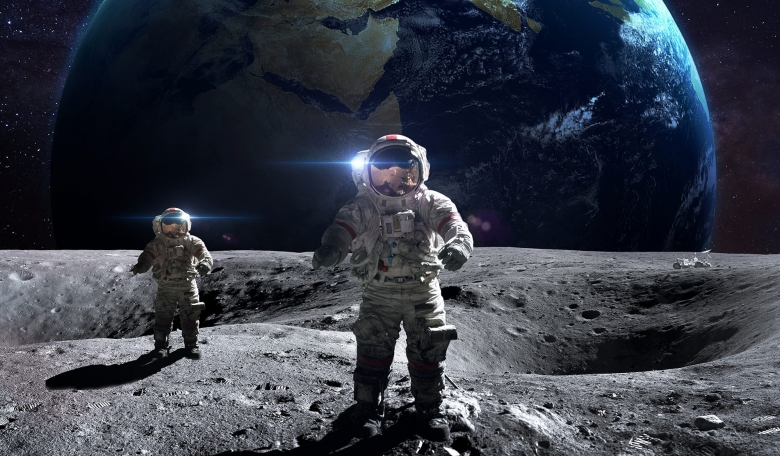NASA has selected the six companies
working to develop «tipping point» technologies out of its
competitive Tipping Point solicitation. Technologies deemed at a
«tipping point» are those where investment in their ground or
flight demonstration will result in significant improvement to the
technology and the company's ability to bring it to market.
This competition included three
strategic technology focus areas: Expand Utilization of Space, Enable
Efficient and Safe Transportation Into and Through Space, and
Increase Access to Planetary Surfaces. The combined award value is
approximated at $44 million.
The following projects have been
selected:
Blue Origin, L.L.C., in Kent,
Washington, 2 projects, $10 million and $3 million respectively
“Cryogenic Fluid Management-Enhanced Integrated Propulsion Testing for Robust Lander Services” and “Advancing Sensor Suites to Enable Landing Anywhere on the Lunar Surface”
Blue Origin will develop cryogenic liquid propulsion through a combination of technologies in a lunar lander-scaled integrated propulsion system and mature critical technologies that enable precision and soft landing on the Moon
Space Systems/Loral, L.L.C., (SSL) in Palo Alto, California, 2 projects, $2 million each
“In-Space Xenon Transfer for Satellite, Servicer and Exploration Vehicle Replenishment and Life Extension” and “ High Efficiency 6kW Dual Mode Electric Propulsion Engine for Broad Mission”
The projects will advance satellite servicing and in-space platform propellant replenishment capabilities by developing the capability to transfer xenon in space from a servicer or tanker to an active, operational satellite and expand SSL’s electric propulsion capabilities by developing a selectable “dual mode” power processing unit (PPU) capable of providing 300 or 600 volts to a 6 kilowatt Hall thruster, increasing overall mission efficiency and flexibility.
United Launch Alliance, L.L.C. (ULA) in Centennial, Colorado, 3 projects, $10 million, $2 million, and $1.9 million respectively
“Integrated Vehicle Fluids Flight Demonstration”, “Cryogenic Fluid Management Technology Demonstration” and “Mid-Air Retrieval (MAR) Demonstration”
An Integrated Vehicle Fluids (IVF) system supports extended-duration cryogenic upper stage operations and has applications for lunar landers. The second project seeks to prove that very low cryogenic fuel boil off is achievable and can support long duration missions. The MAR Demonstration project will demonstrate mid-air retrieval capabilities up to 8,000 pounds, increasing current capabilities by a factor of four.
Frontier Aerospace Corporation in Simi Valley, California, 1 project, $1.9 million
“Flight Qualification of the DSE, MON-25 MMH Rocket Engine”
The project will advance Frontier’s Deep Space Engine (DSE) by flight demonstration as part of the first Astrobotic Peregrine Lunar Lander mission planned for 2020.
Paragon Space Development Corporation in Tucson, Arizona, 1 project, $1.6 million
“Cryogenic Encapsulating Launch Shroud and Insulated Upper Stage (CELSIUS)”
CELSIUS is a system that can be installed on the surface of the cryogenic upper stage tank of a space launch vehicle to provide enhanced insulation capabilities and protection from meteoroids and debris.
Astrobotic Technology, Inc., Pittsburgh, Pennsylvania, 1 project, $10 million
“Stand-Alone Sensor for High Precision Planetary Landing”
The project will culminate in a lunar technology demonstration mission, advancing a low-cost, reliable, high-performance, stand-alone Terrain Relative Navigation (TRN) sensor suite.
According to NASA Administrator Jim
Bridenstine, "These awards focus on technology collaborations
with the commercial space sector that leverage emerging markets and
capabilities to meet NASA's exploration goals. While these key
technologies will support NASA's science and human exploration
missions in the future, these awards are yet another example of
NASA’s commitment to our nation's growing commercial space industry
today."











